The boys from The Gunshop at Botley Mills shed some light on the issue of gun fit, and outline what it takes to get it absolutely spot on
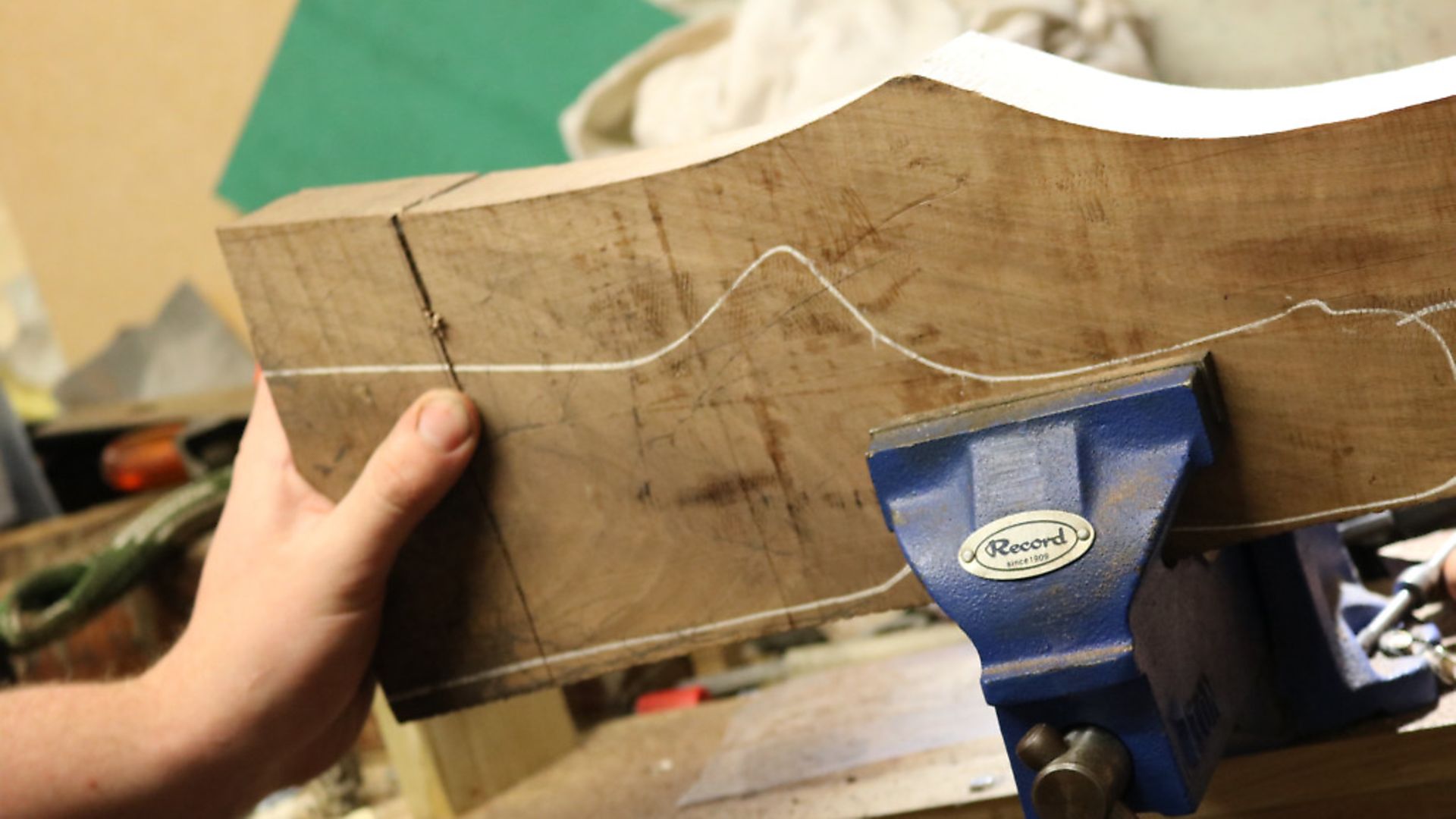 credit: Archant
credit: Archant
It is a commonly known fact that, if you want to shoot well, your gun must fit you. Everyone knows this, talks about this, and professes that their gun fits them like a glove right off the shelf; but what is gun fit? How does it work, and what does it involve?
The bead at the end of your gun is your front sight – a point of reference that does not change. Now, imagine that your eye is the ‘rear sight’ of your shotgun. In terms of rifle shooting, if your front and rear sights are not aligned, you will not be hitting the bullseye, however hard you try! The concept of gun fit is adjusting your ‘rear sight’ to ‘zero’ your shotgun.
This might seem a strange analogy, but it is the only way to truly explain the fact that even if your swing is perfect, your lead is perfect, and the stars are aligned ‘just so’, you will never hit the target if the gun isn’t pointing where you are looking. Some people adjust themselves to their gun, which is very possible, but I have always said that shooting is hard enough without worrying about the gun; that bit, at the very least, should feel natural and comfortable.
To assess the suitability of somebody’s gun fit, we must first make two grand assumptions...
The first is that they can mount a gun properly, effectively, and consistently. Without this, there is little to no point in doing a gun fit. Of course, with experience you can tell what somebody will need, but all too often complete novices come in wanting a gun fitting, having held a gun for a mere 10-shot trial. The basics of gun fit can often be achieved, but a perfect fit will require further work. I should say at this point that it is better that they learn with a gun that has been ‘first fitted’; this should help to avoid any bad habits when mounting a gun, but with a realization that further work will need doing.
The second assumption is that the person isn’t set to a sort of gun-fit auto-correct. Too often people will make do – rolling their head over, hunching up and generally manipulating their bodies so that their eye is in the right place – regardless of what gun they have picked up. It is possible to achieve adequate results with this, but they will always fail with certain types of bird. It can easily be seen, and sometimes a word to them to just open both eyes and relax can have them handling the gun much more naturally. Of course, some guns will be so far off being correct for their owners that they are better off starting again with something that more closely meets their needs.
So, imagine the perfect client walks in… they have some shooting experience but know that their gun isn’t quite right and ask for a fitting. What do we do?
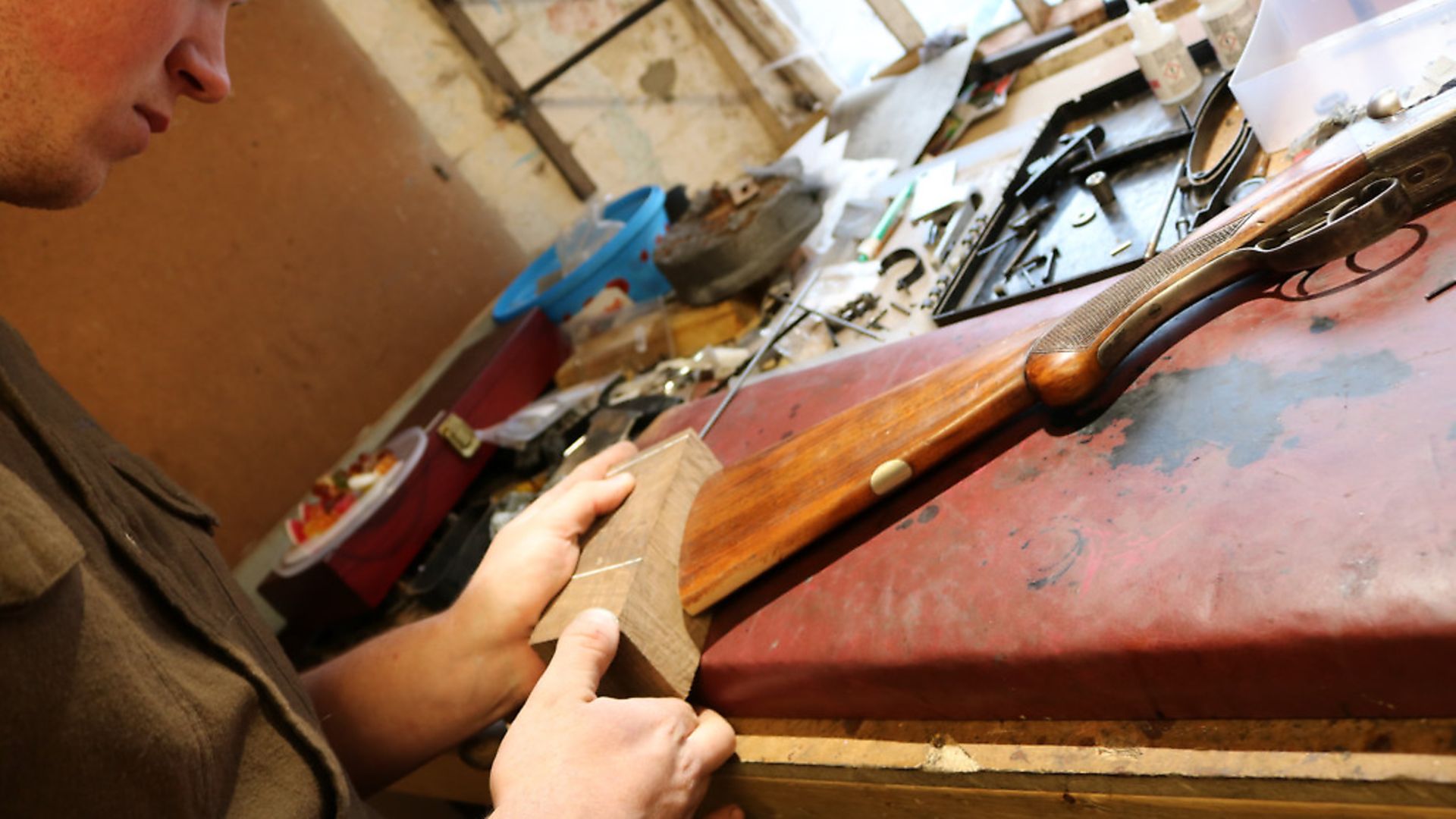 credit: Archant
credit: Archant
Length
Checking length is quite an in-depth process. The old trick of putting the stock into the inside of your elbow and seeing if your finger touches the trigger just doesn’t cut it. There are a mixture of factors that go into the stock length of a gun, and the following list is not exhaustive. What do you wear when you shoot? What do you shoot at? How do you shoot? How tall are you? How long are your arms? How long is your neck? What shape are your shoulders (bone/fat/muscle distribution)? How do you mount a gun? All of these are important factors in getting length correct. A quarter of an inch can make all the difference; make sure you get it checked by somebody with fitting experience.
Once a length has been determined you may need to have your gun altered. To make it shorter might require wood to be removed and a pad refitted; if it needs to be longer an extension is in order. The options for what to put on the end of your gun are endless, from high-tech recoil-reducers to polished buffalo horn, but what you choose is usually determined by a mixture of the gun’s application and aesthetics.
A walnut extension is one of the hardest to fit, as the grain must blend in and, although a perfect match is essentially impossible, a match from 10 metres away is often achievable!
Once a material has been selected, it must be fitted to the gun. Most aftermarket butt pads are ‘grind to fit’, meaning they come oversized and are not simply a bolt-on attachment. To attach one of these the original pad is removed and the end of the gun, and the new pad, are checked for a good flat connection. The pad is then attached, with new holes drilled and old ones plugged as necessary. The excess of the pad is then marked with a scribe and the pad removed. This excess material is then painted white, earmarking it for removal. This is done with a mixture of tools – a bandsaw, a linisher, a file, and various other hand tools suitable for the material at hand. Once this excess is removed, the (usually rough) surface is sanded down through the grits until a quality fit is produced. To gain a seamless join, the pad must be finished on the gun and the woodwork refinished; although, taking into account the fitment of pads on factory guns, most people are happy with a pad worked on off the gun. Reading back, this seems very easy to do, but having seen a few home-jobs I would personally take it to a gunsmith and let them do the work!
Expect to pay anywhere from £80 for a fitted aftermarket pad, to upwards of £300 for something out of the ordinary.
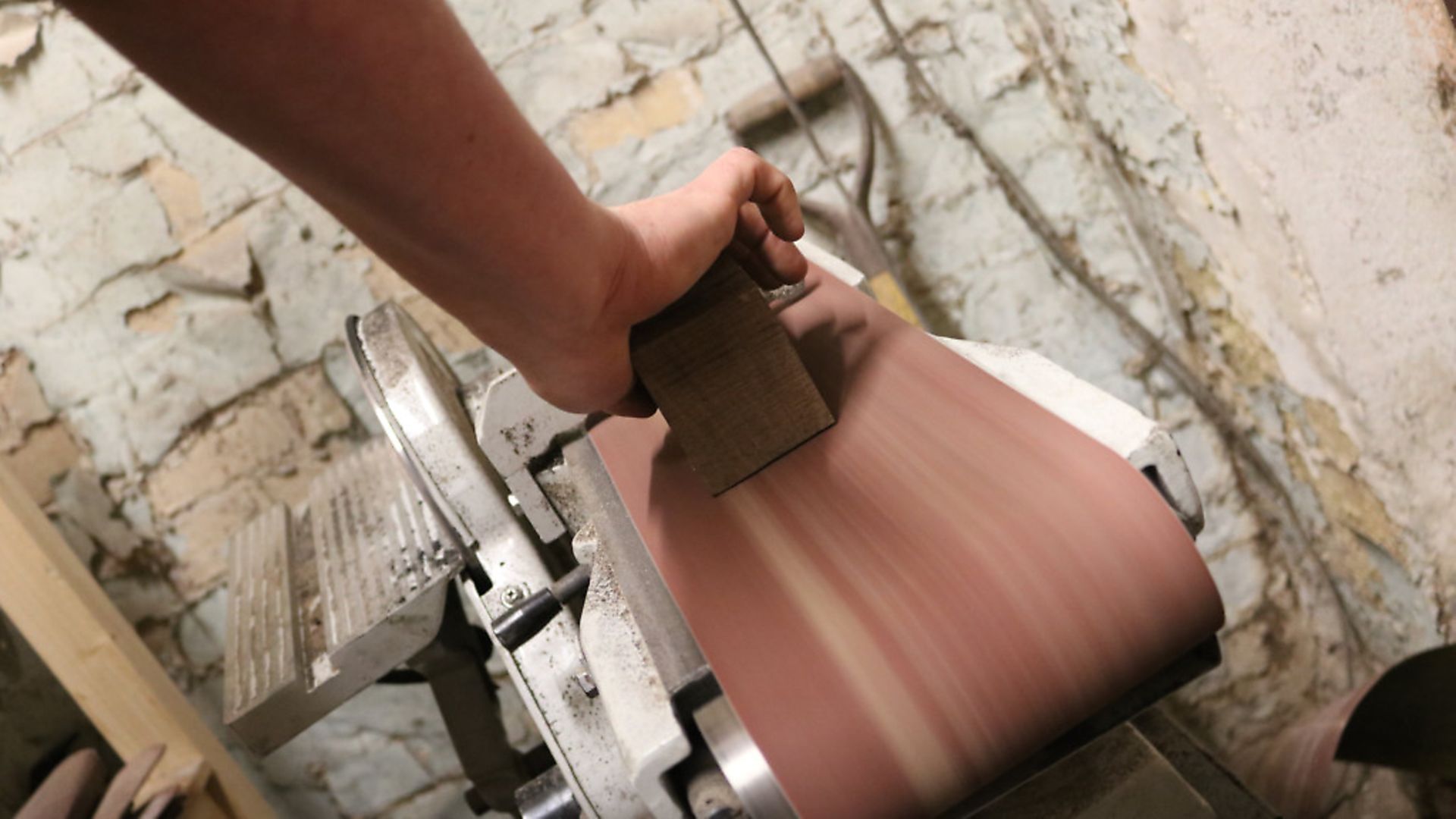 credit: Archant
credit: Archant
Cast
Once a satisfactory length is achieved it is time to look at eye alignment. This is affected by the cast and drop of the gun – i.e. the way a gun stock is ‘bent’ from the line of the barrel. This is checked by having the client mount their gun up to your finger tip, which is placed at different points between your eye and theirs. This is something you can do at home in the mirror, but it is difficult to see the smaller adjustments that are needed without an experienced person having a look. Always bear in mind what you are using the gun for, as different disciplines as well as personal preferences require you to see varying amounts of rib. Shooting a gun over a pattern plate can be a very telling experience, and is definitely worth doing if you have access to one.
To correct any issues with cast we must adapt the gun to suit. This can be done in a couple of ways. Adjustable combs can be used to adapt to where your eye line sits and can very easily be adjusted, with zero permanence; this can, however, lead to fiddling with the dimensions every time you have a bad day. I was once told that adjustable combs are for people with no confidence in good gun fit and I have come to see that, occasionally, there is mileage in this opinion. However, on some guns there is little or no option but to fit an adjustable comb in order to get somebody’s sight picture correct.
The ‘proper’ way to fix this is to cast the stock. To cast the gun, the stock and action are put in a jig designed to hold the action end, and heat is then applied to the grip area. This is done by either pouring hot oil over the neck area of the stock or by using dry heat. Hot oil is the preferred method as the chances of burning the stock are very low, whereas dry heat holds a certain burn risk. I personally use hot oil, although the action will always require a clean to ensure no oil is left in the firing mechanism.
Once the stock reaches temperature the wood becomes extremely malleable and can be moved to the desired dimensions; the only limitations are the bolt that holds the woodwork to the gun, and the integrity of the wood! The stock is then left in this position whilst it cools off and sets in the new dimensions.Gun Fit achieved!
Hopefully once all this work is complete and you come back for your gun, you will bring it up into your shoulder without any head movements and will be looking bang down the rib. This means that your eye can become the ‘rear sight’ of the gun, instead of relying on the rib or top of the action as a point of reference. May the more consistent, relaxing and enjoyable period of shooting begin!
Of course, there is always more… If a gun was a long way out to begin with, after alterations the client would have to relearn to shoot with a gun that fits rather than adjusting themselves to ‘fit’ the gun. This might then require further minor alterations to the final fit to suit their new ‘fitted’ style of shooting.
Heaven forbid we admit that we change shape throughout our lives; losing 20lbs will affect your gun’s fit, as will hitting the gym. Keep a track of how you are shooting and if you notice your fitted gun isn’t performing like it used to, pop into the gunsmith to get it checked.
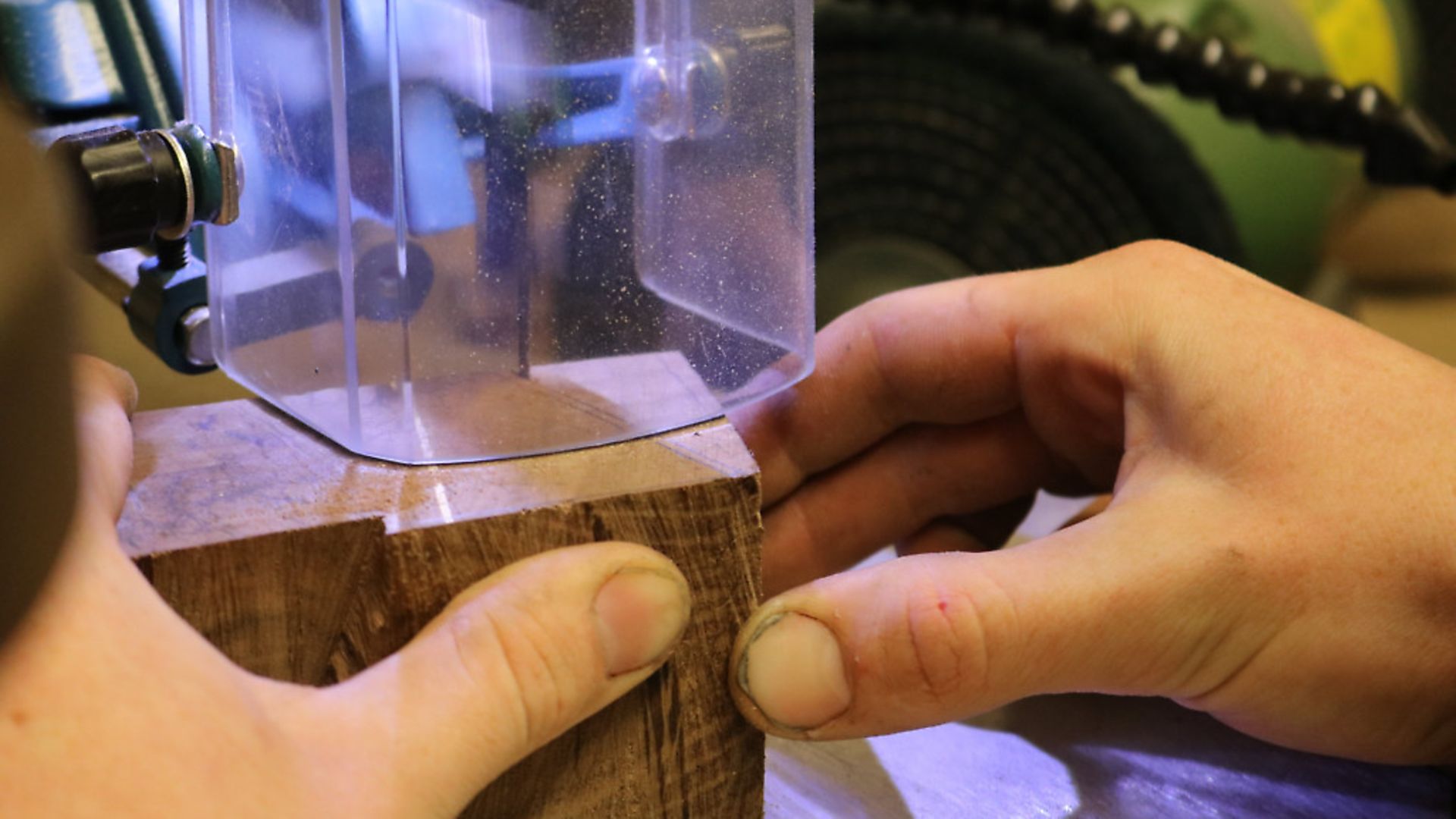 credit: Archant
credit: Archant
The future of gun fit
In the last few years, gun manufacturers have finally realised that not every shooter is the same. To this end, many companies are producing easily adjustable guns. A Berretta, for example, comes at 14 ½” length of pull, but can be adjusted using their pad and spacer system from 14 ¼ to 15 ½”, all using a Philips screwdriver. It may not be the prettiest of extensions but, in an age where people are far less long-sighted in their gun ownership, it serves as a very reasonably priced and accessible way of getting your gun to the correct length. The New Benelli 828U provides us with an over-and-under with a shim set allowing the gun to be set to over 40 stock dimensions – unbelievable flexibility in one shotgun! Things are changing, perhaps for the better for people who do not suit off-the-shelf guns; it will be interesting to see where this trend takes us.
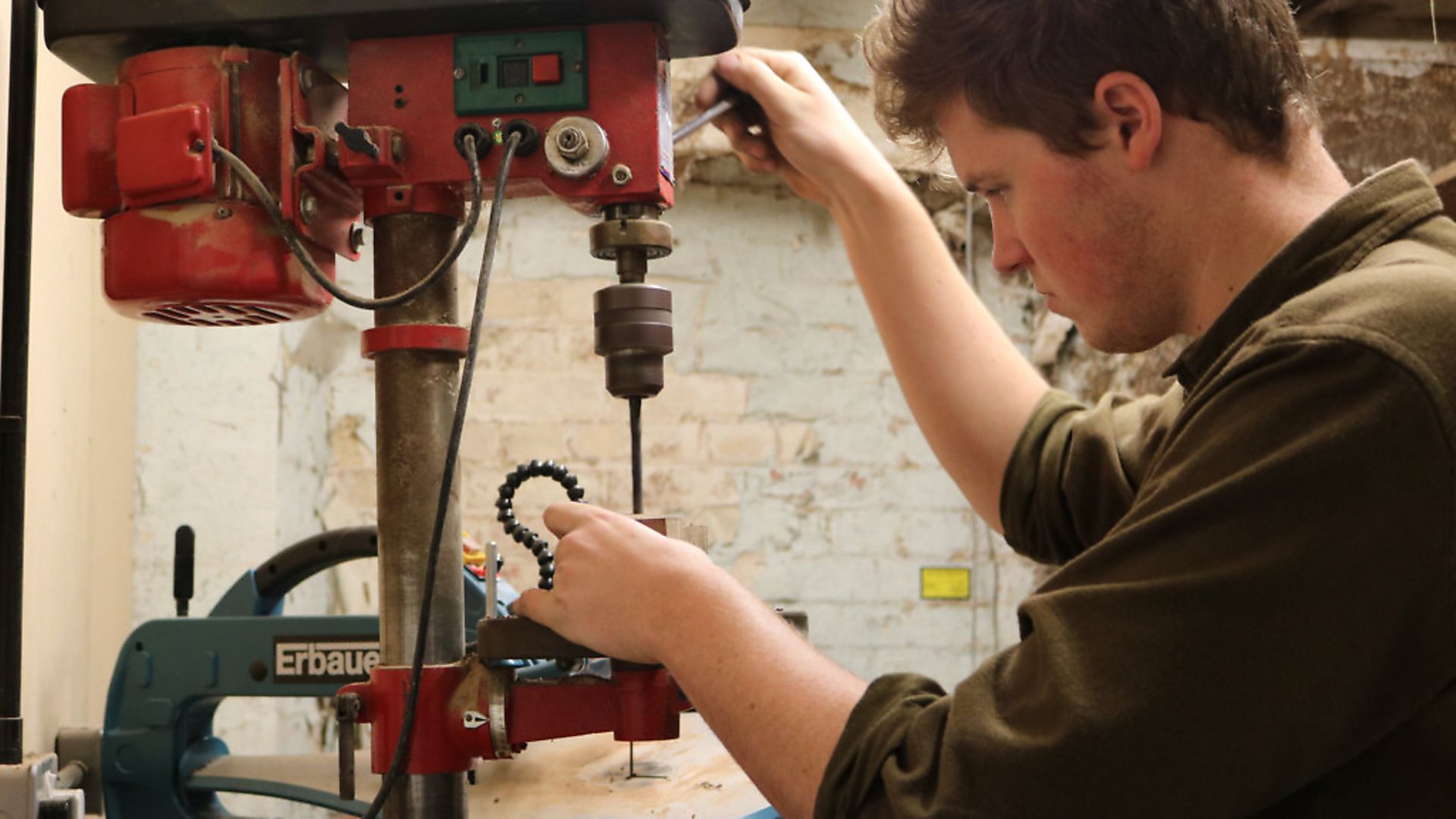 credit: Archant
credit: Archant
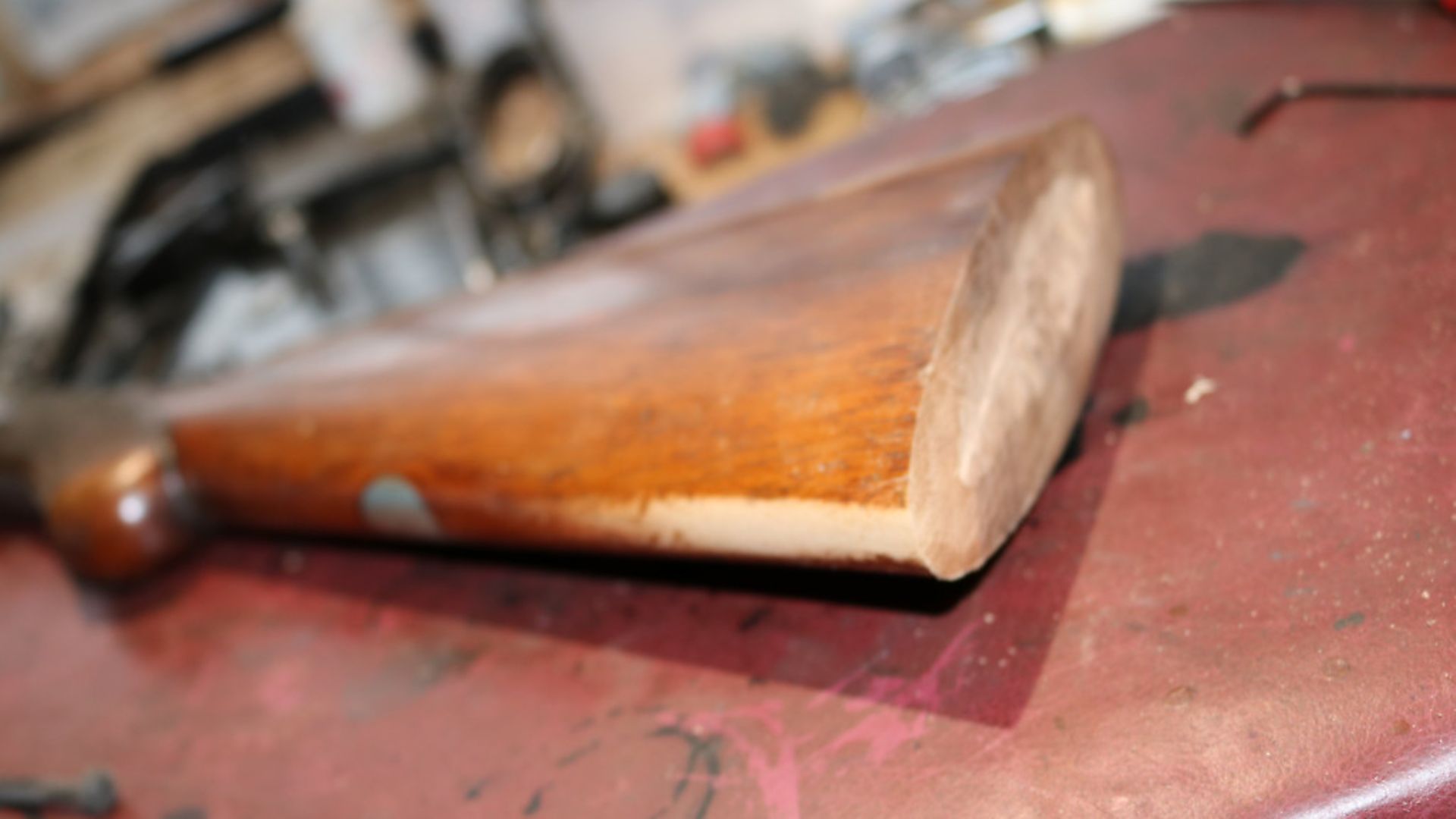 credit: Archant
credit: Archant
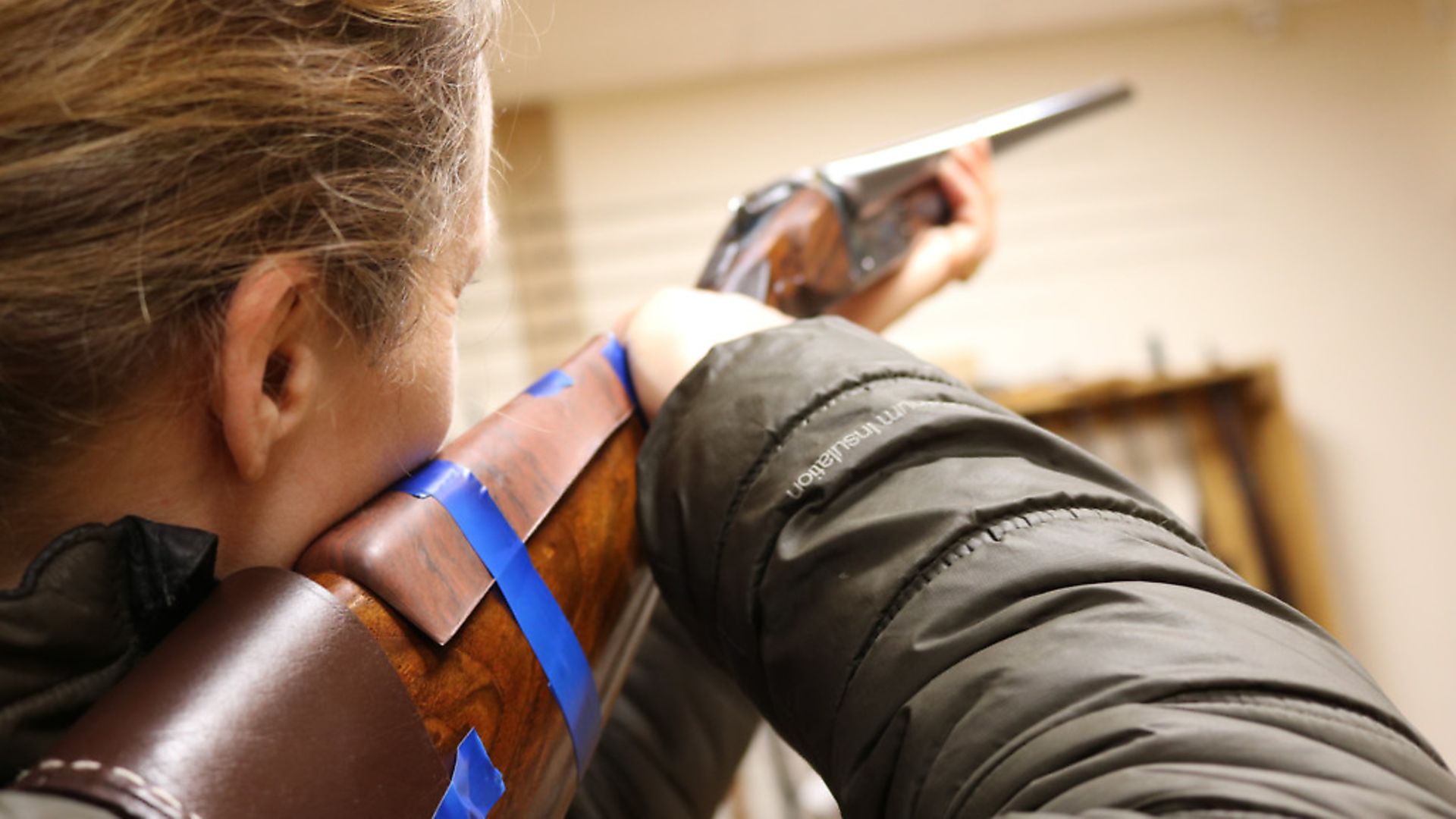 credit: Archant
credit: Archant
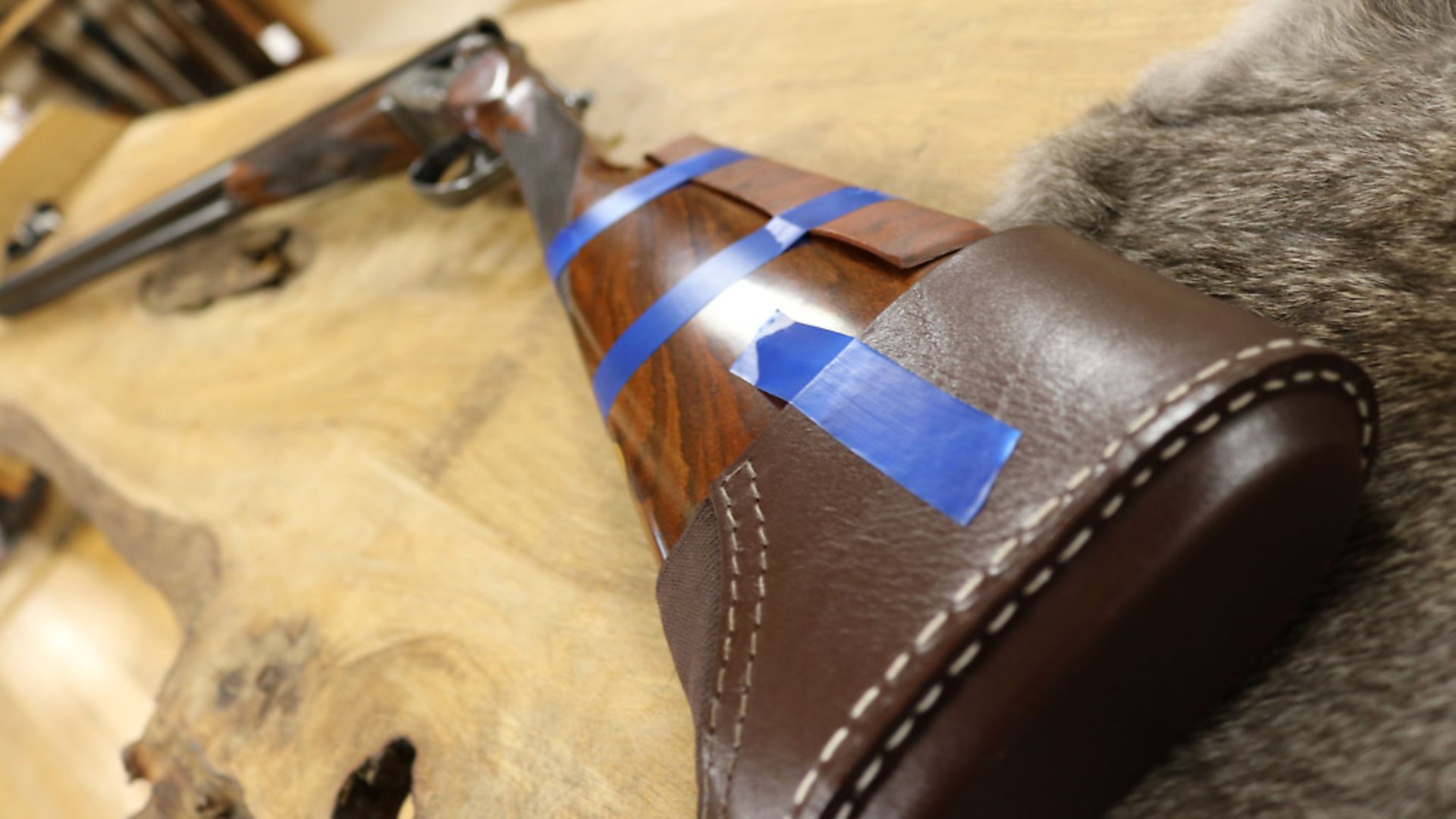 credit: Archant
credit: Archant
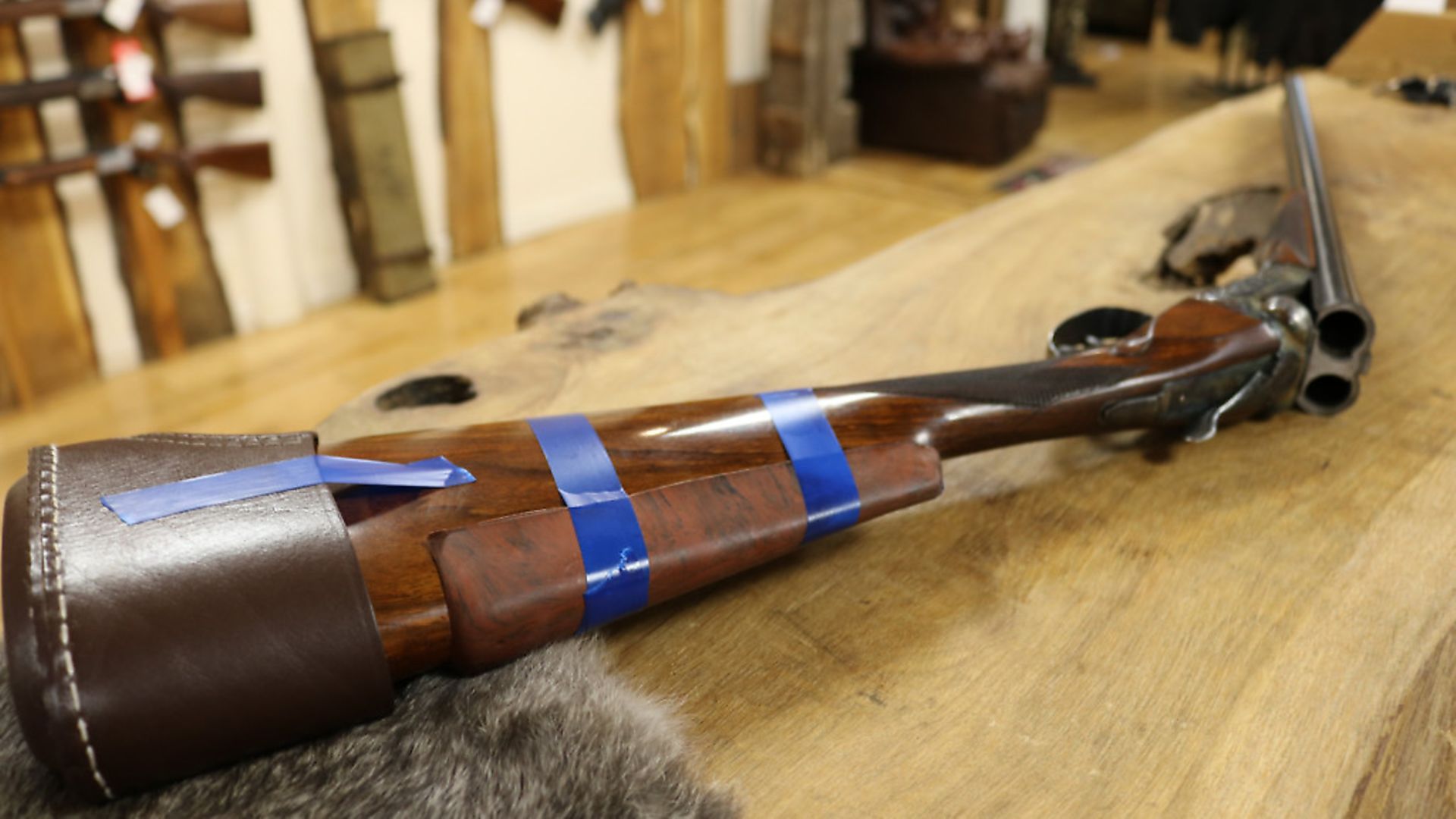 credit: Archant
credit: Archant